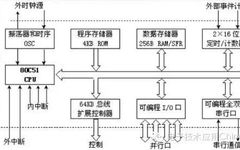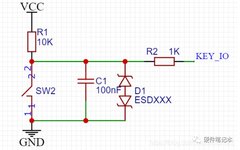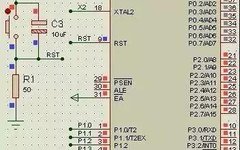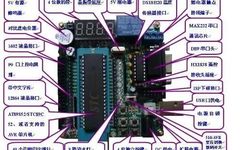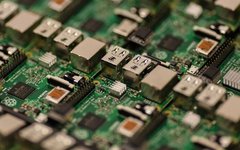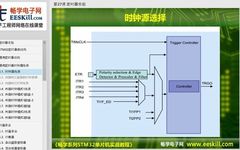Understanding Microcontrollers: A Beginner’s Guide
This article begins by introducing microcontrollers from the perspective of integrated circuits, mainly covering the pin diagram and functions of microcontrollers, as well as basic programming. First, let’s take a look at the functional block diagram of the 80C51 microcontroller. The 80C51 microcontroller belongs to the MCS-51 series and uses a 40-pin dual in-line package … Read more
